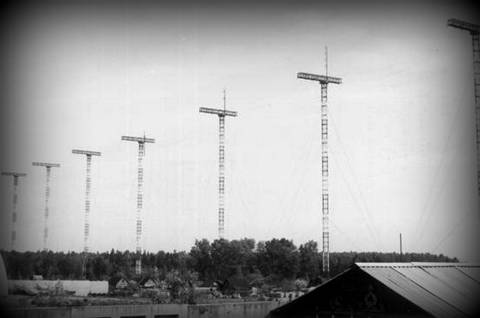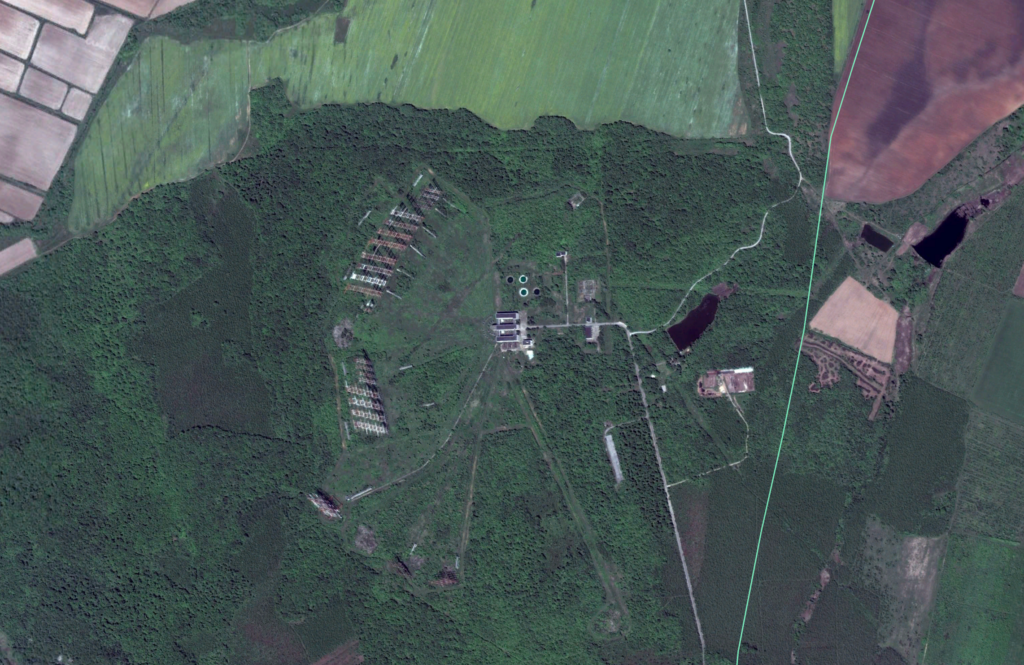AIB history brief – jamming

They spent more on jamming than the broadcasts cost to produce. That’s the theory around the jamming of western radio broadcasters by the Soviet Bloc during the Cold War years.
Leaders of the communist states were determined to keep control of the information flow to their citizens, fearing that news from abroad would lead to the undermining of their totalitarian regimes.
Immense shortwave transmitting stations were constructed across eastern Europe, from the Baltics to the Balkans, not to serve audiences but to hinder them. They were not listed in the International Telecommunication Union’s registers of transmitters in the “white book”, the hugely detailed dataset of the world’s shortwave broadcasting. They were, essentially, transmitters that everyone knew existed yet were maintained “off the books” as state secrets.
As jamming became ever more prevalent – aimed principally at the BBC External Services [now BBC World Service]; Deutsche Welle; Radio Free Europe/Radio Liberty; Voice of America – western broadcasters had to invest more in building ever greater numbers of high powered shortwave transmitters to ensure that their signals reached their listeners across eastern Europe.
If you tuned across the shortwave radio bands in the 1960s, 70s and 80s, you would have heard a cacophony of sound. Over-modulated speech, distorted music – anything that could have the effect of making the original programme all but impossible to hear was used to stop reception.
 To understand the scale of the operation, it’s worth watching a video produced by RFE/RL about the Padorska jamming station (2012 aerial shot from Google Earth pictured) in central Bulgaria. The immense site is now in ruins, with the antennas removed in the last few years (although Google Maps has a Street View image from 2012 in which the site’s antennas are visible in the distance). One of the technicians who started working at the site in the late 1980s, shortly before the Iron Curtain was lifted, explains how the station operated.
To understand the scale of the operation, it’s worth watching a video produced by RFE/RL about the Padorska jamming station (2012 aerial shot from Google Earth pictured) in central Bulgaria. The immense site is now in ruins, with the antennas removed in the last few years (although Google Maps has a Street View image from 2012 in which the site’s antennas are visible in the distance). One of the technicians who started working at the site in the late 1980s, shortly before the Iron Curtain was lifted, explains how the station operated.
There are a good number of anecdotes concerning jamming. One from 1985 when many BBC employees went on strike and programmes were replaced with music on World Service English and most of the language services. The Soviet jammers had a day off – at least until someone in Bush House, then the home to BBC World Service, decided to play “Back in the USSR” by the Beatles. Within minutes the jammers leapt into life, simply to drown out what was clearly thought to be decadent anti-Soviet music.
The end of the Cold War did not mark the cessation of jamming. It’s continued on shortwave over the past 30 years. At the time of the first Gulf War, Iraq jammed the BBC’s services in the Middle East and more recently North Korea has jammed the signals of Radio Free Asia.
Jamming continues from time to time today. As shortwave broadcasting has slowly faded away, satellites have become the target. Ethiopia has jammed satellites carrying opposition TV channels and Iran regularly jams satellites with Persian-language programmes from abroad. There are no longer immense jamming stations seeking to interfere with programmes from around the world; today’s satellite jammers can use commercially available uplink equipment to try and take out transponders on satellites. The satellite industry has responded, and now far greater levels of security exist that prevent almost all attempts to stop TV and radio signals from reaching their intended audiences.
This does not mean that the free flow of information across borders is guaranteed today. Some governments continue to try to restrict the work of international broadcasters, using tactics instead of wholesale jamming of the airwaves. It’s why the AIB continues to work on media freedom to try to ensure that everyone can access the information they want or need.
Additional resources:
http://www.antentop.org/008/files/jamm008.pdf
https://criticaldistance.blogspot.com/2012/04/jamming-hell-out-of-west.html
